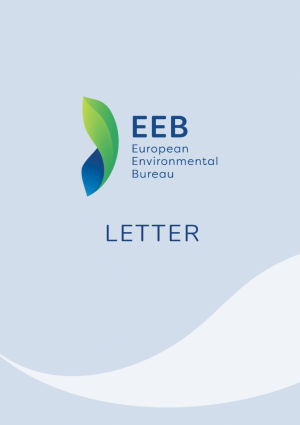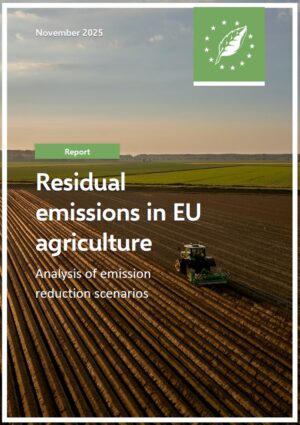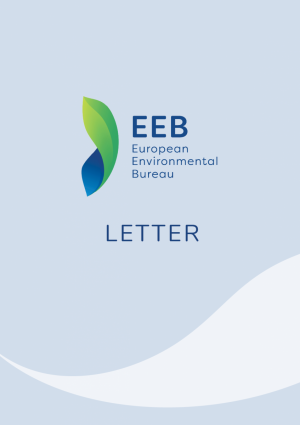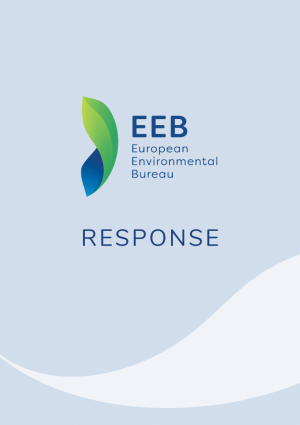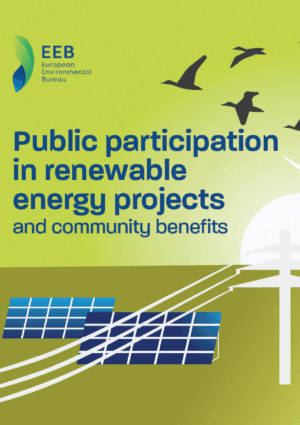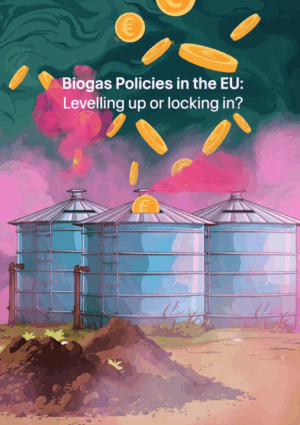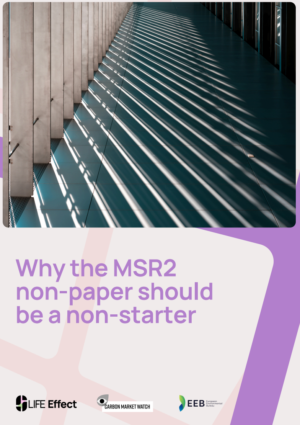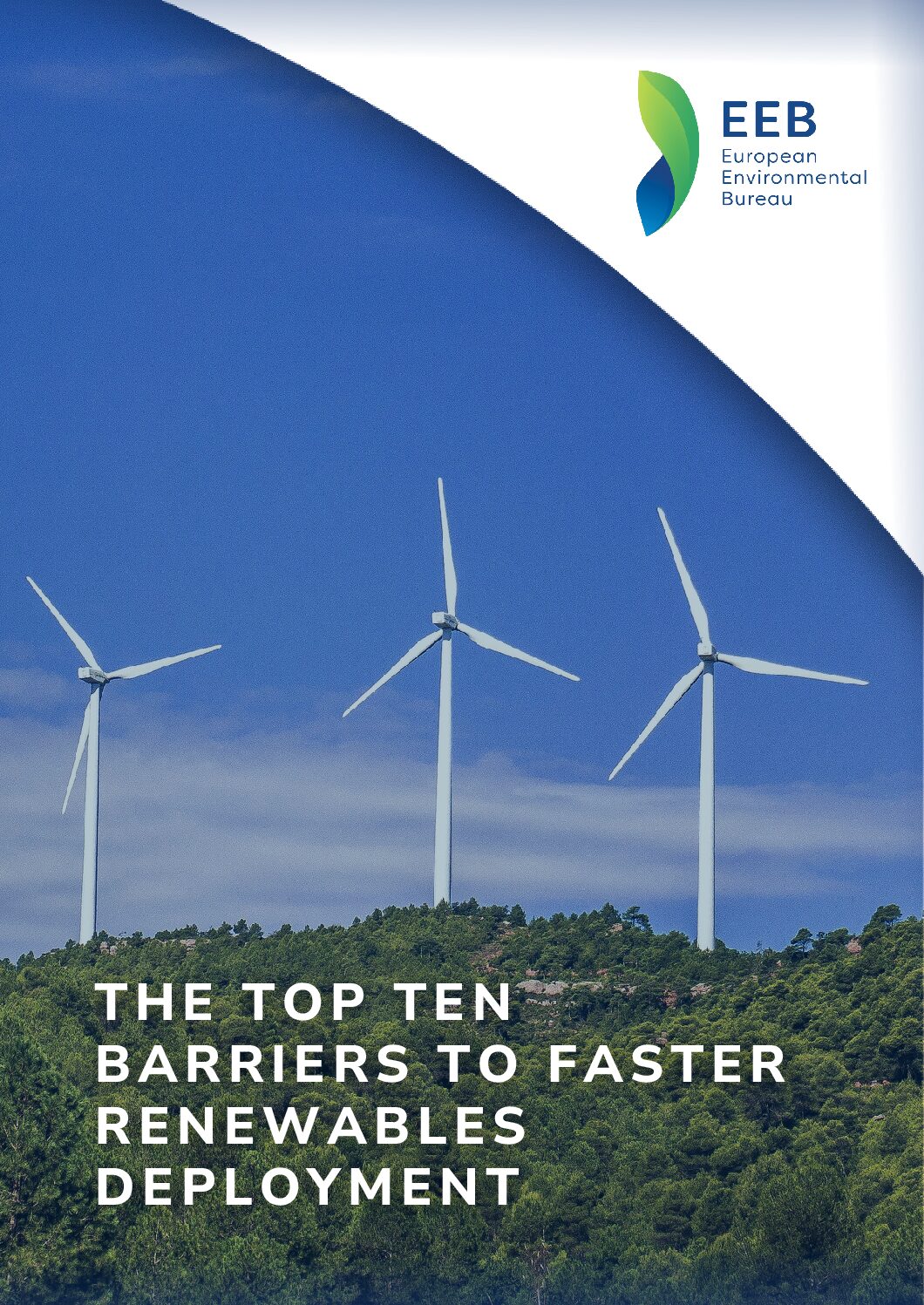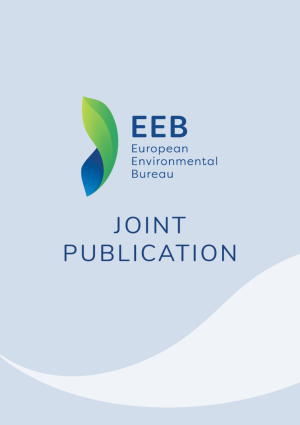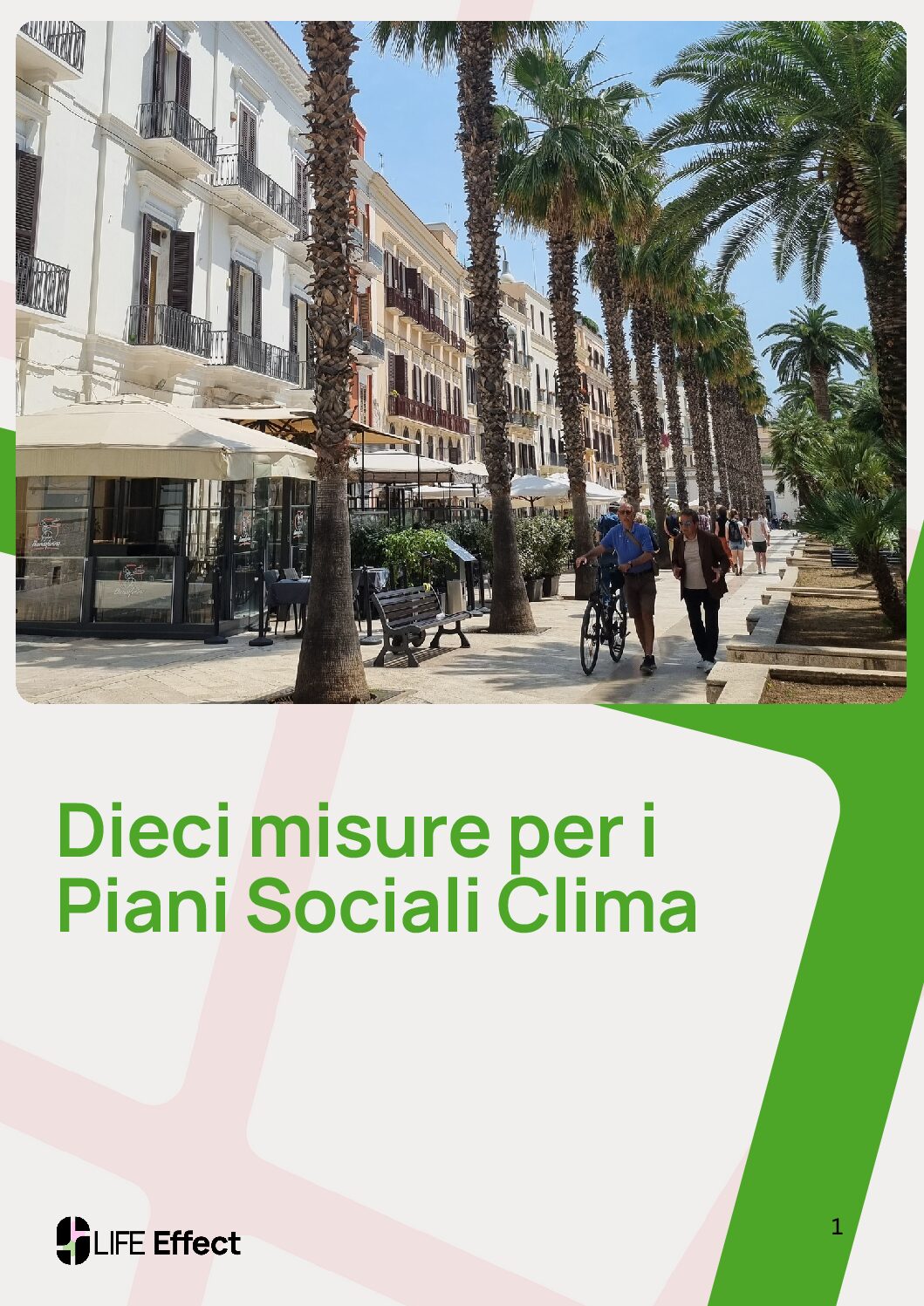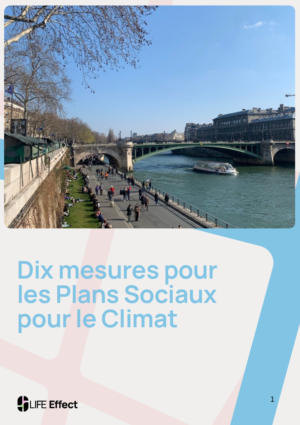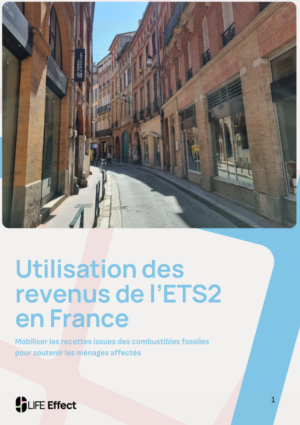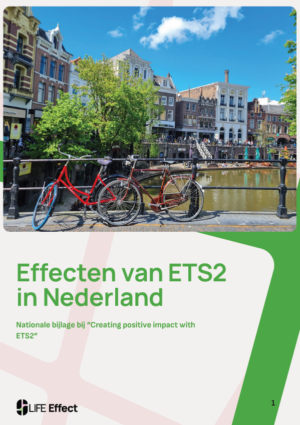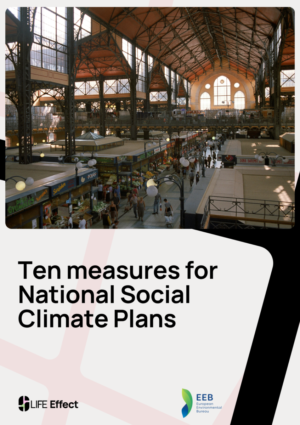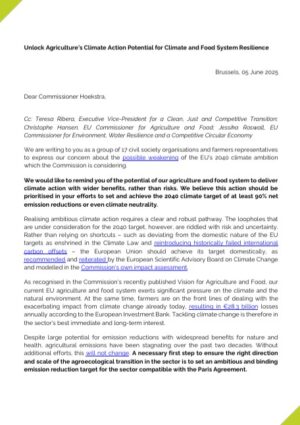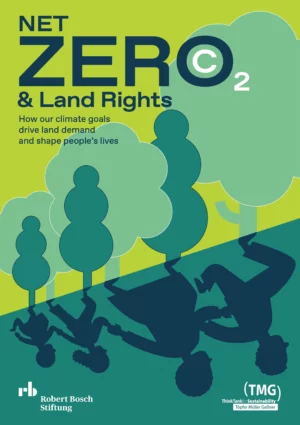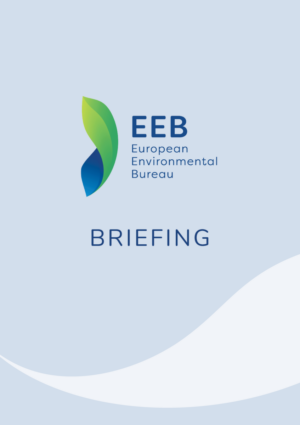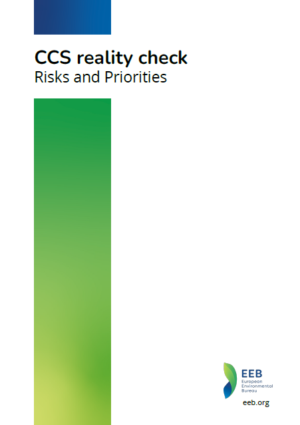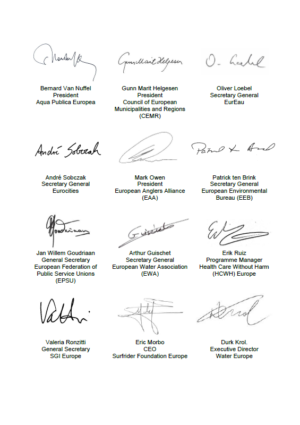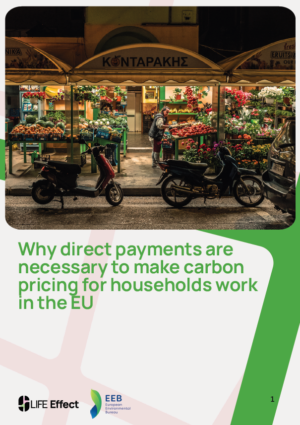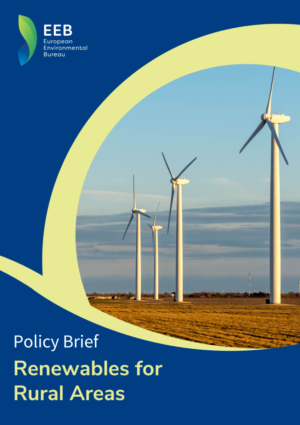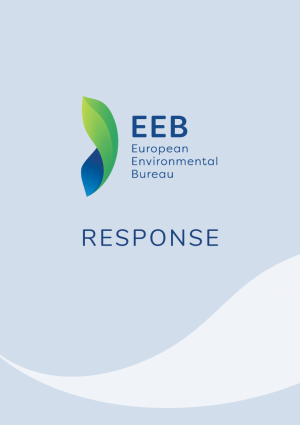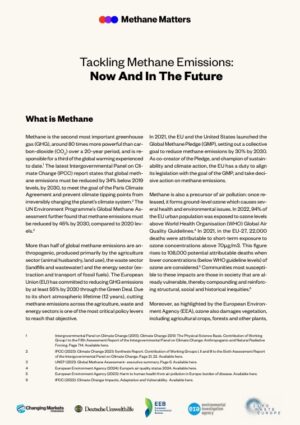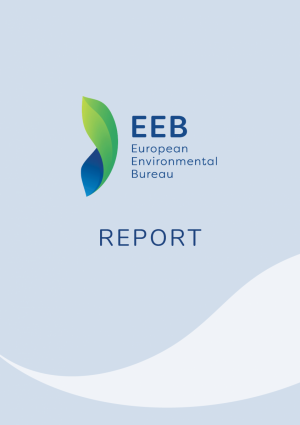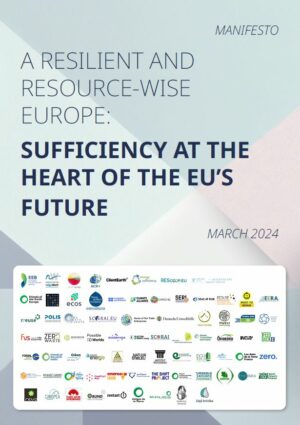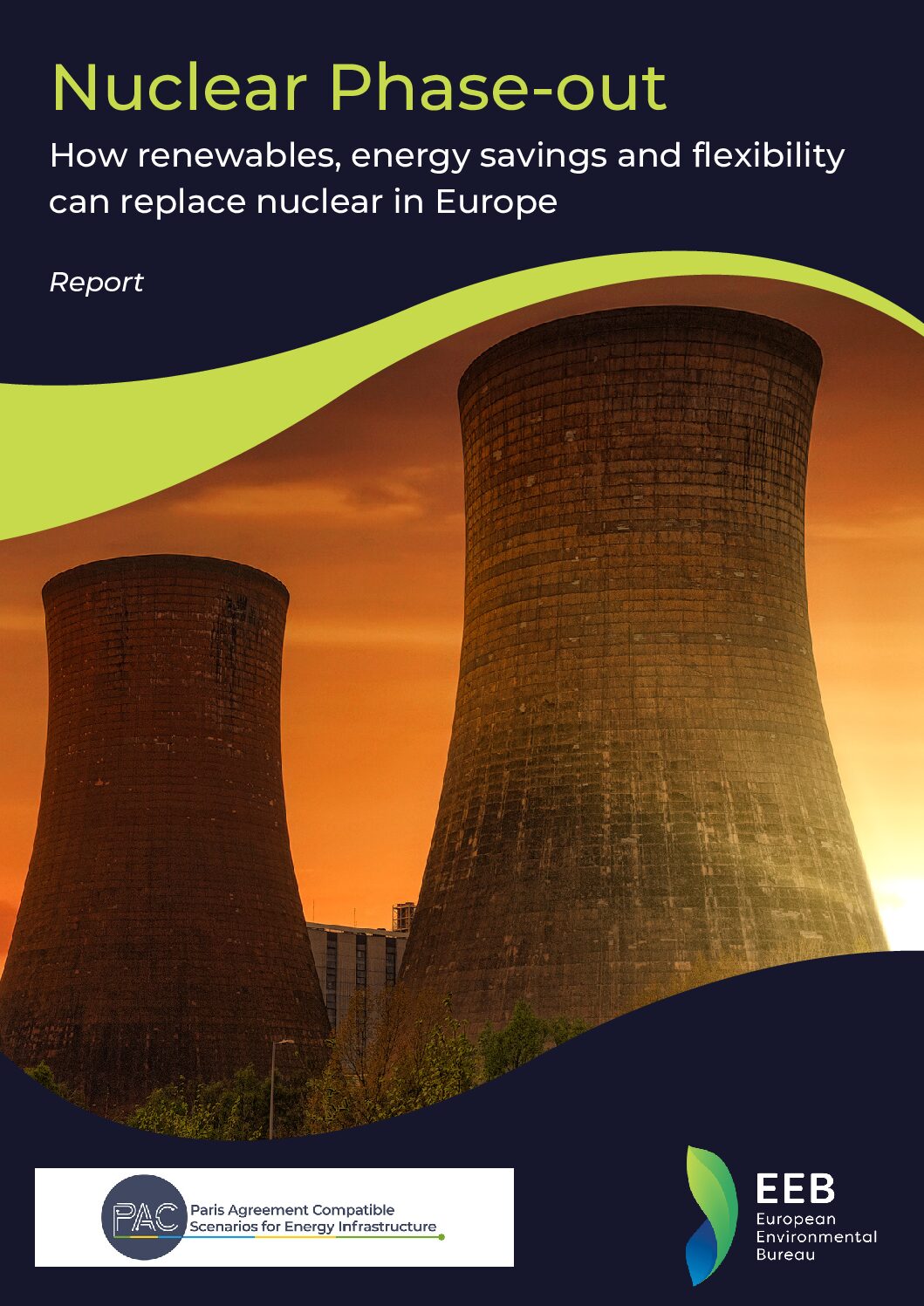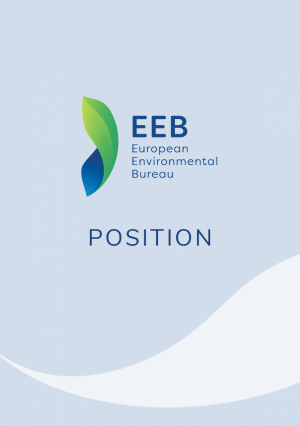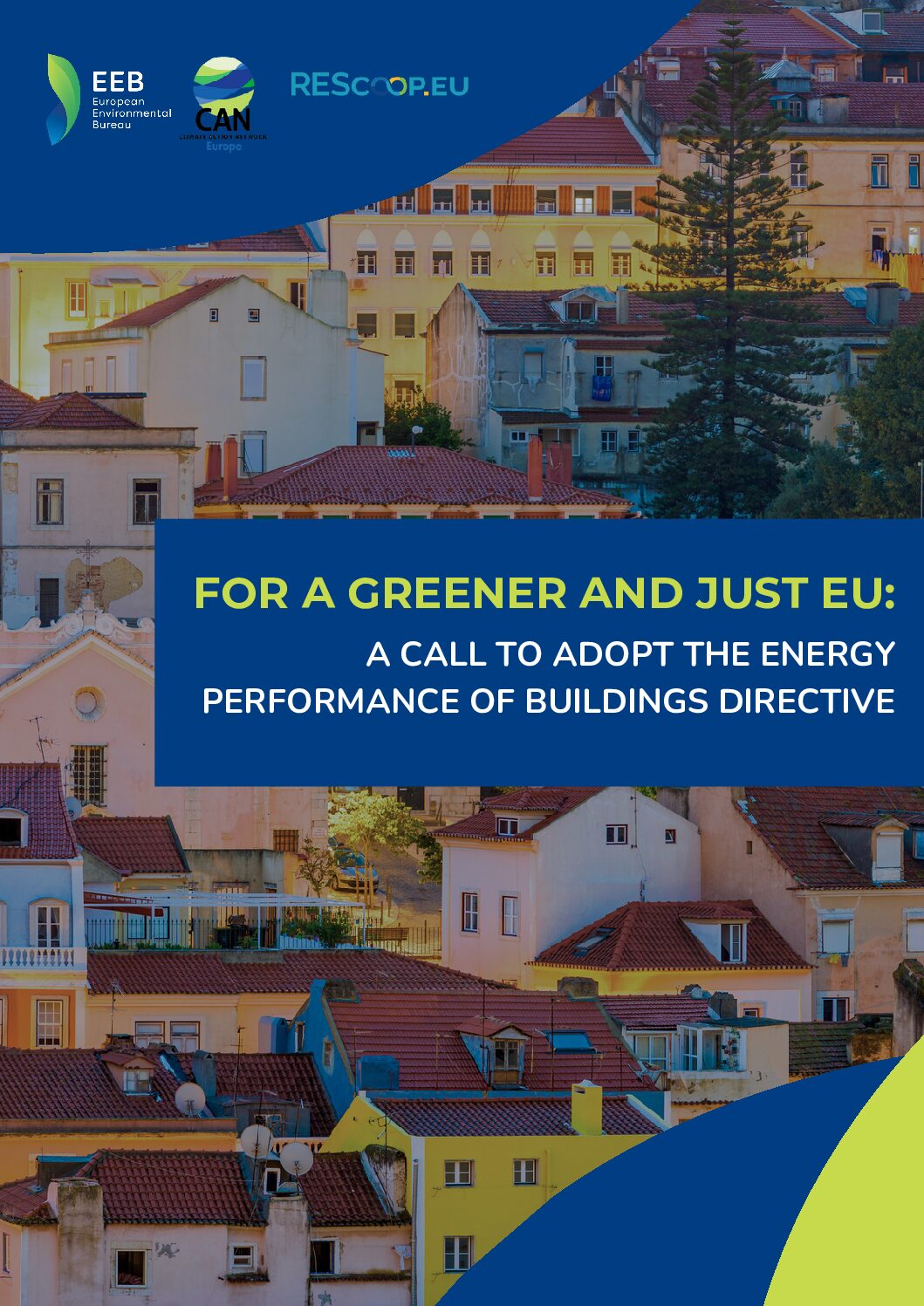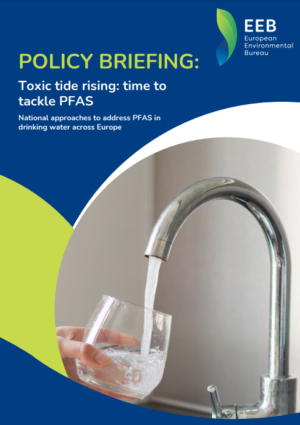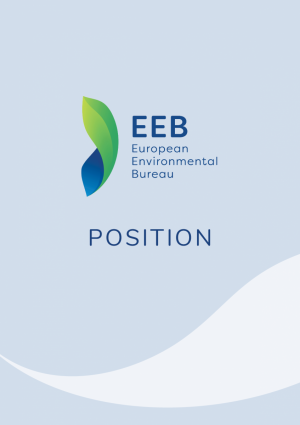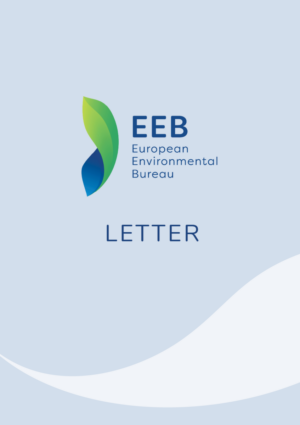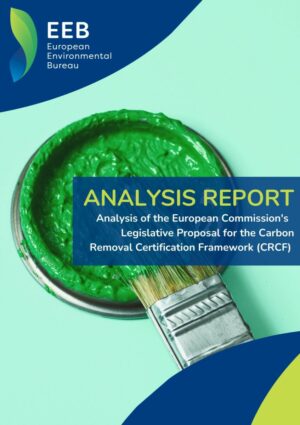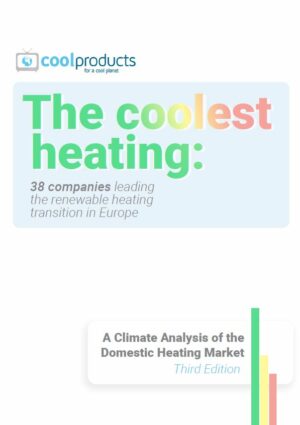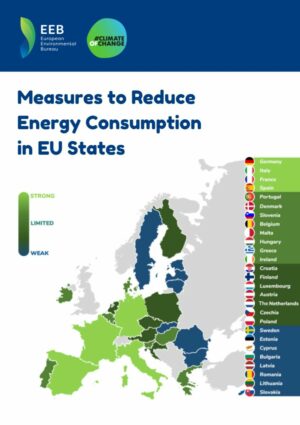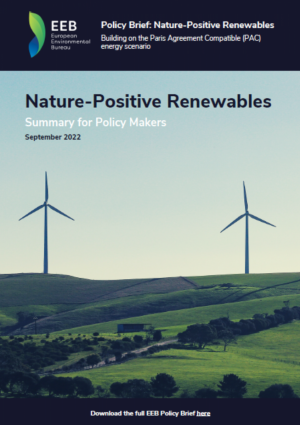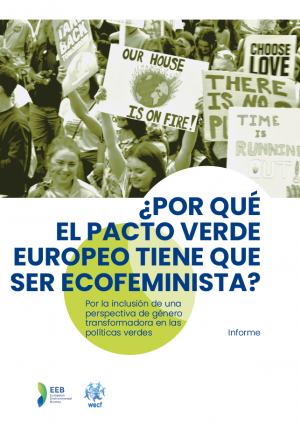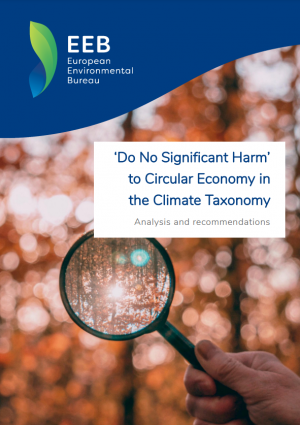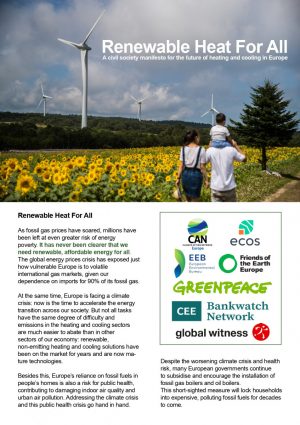Europe’s climate crisis leaves no room for distractions. Yet, under the banner of “technological neutrality”, powerful industrial lobbies are pushing costly, risky, or unproven technologies to gain equal footing with renewables and energy efficiency in public funding and political attention.
If Europe is serious about reaching climate neutrality by 2050, or sooner, it must prioritise the best available solutions to ditch fossil fuels: energy savings, renewables, electrification, and circularity.
Betting on costly experiments or overhyped technologies -such as new nuclear plants, oversized hydrogen plans, or uncertain carbon capture and storage projects- risks prolonging fossil fuel dependence, wasting the time we don’t have, and diverting scarce public resources.
Nuclear Power
The European Commission’s decision to label nuclear power and fossil gas as “sustainable” investments under the EU Taxonomy critically undermines its credibility. Nuclear energy comes with severe safety, waste, and economic drawbacks that make it incompatible with a rapid and just energy transition.
The EEB advocates for an exit from nuclear energy by avoiding new investments and phasing out existing reactors at the end of their technical lifetimes. Nuclear projects take decades to build and absorb vast sums of public money, time and resources that should instead accelerate what is proving to reduce emissions fast and affordably: renewable deployment, energy efficiency, and grid upgrades.
Building on the Paris Agreement-compatible (PAC) scenario, we find that Europe can phase out nuclear by 2040, alongside fossil fuels, without compromising climate goals. Nuclear waste poses a long-term environmental and ethical burden for countless generations. Meanwhile, the technology’s contribution to Europe’s energy mix is already small and declining.
EEB is a member of Nuclear Transparency Watch and contributes to its activities.
Hydrogen
Hydrogen will play a limited, targeted role in decarbonising sectors that are genuinely hard to electrify – such as certain industrial processes and long-distance shipping. However, the EU’s current hydrogen plans are massively oversized and risk draining financial and renewable energy resources away from faster, cheaper, and more effective solutions. Even so-called “green” hydrogen demands vast amounts of renewable electricity, which should first decarbonise the grid and end fossil fuel use.
In our policy brief on renewables-based hydrogen, we outline the environmental and economic challenges of large-scale hydrogen production and provide policy recommendations based on the Paris Agreement-compatible (PAC) scenario. Renewable hydrogen must be strictly additional, relying on new renewable capacity rather than competing with the rest of the energy system for limited solar and wind power.
To play a constructive role, hydrogen policy should focus on no-regret applications, such as certain industrial feedstocks, and support dedicated, small-scale infrastructure where it is truly indispensable. Overreliance on hydrogen risks slowing the transition and giving fossil and nuclear interests a new lease of life.
Carbon Capture and Storage (CCS)
CCS has long been promoted as a “silver bullet” for industrial decarbonisation. In reality, it has failed to deliver meaningful emissions reductions and mainly serves to justify further fossil fuel extraction through so-called enhanced oil recovery.
CCS is expensive, energy-intensive, and uncertain – and its widespread deployment would divert hundreds of billions of euros from more effective solutions. The Institute for Energy Economics and Financial Analysis (IEEFA) estimates that Europe’s current CCS pipeline could cost as much as €520 billion and require €140 billion in public subsidies, to capture only a fraction of emissions.
In our policy brief, we show why Europe should prioritise circular economy strategies, material efficiency, fossil-free industrial processes, and electrification instead. These solutions can decarbonise industries once seen as “hard to abate”, such as steel and cement, faster, cheaper, and without locking in fossil fuel infrastructure.
The way foward
Europe cannot afford technological neutrality. It must be strategically selective, focusing public and private resources on the solutions that can deliver rapid, just, and irreversible emissions cuts:
-
Energy efficiency first.
-
Renewable energy at scale.
-
Direct electrification of heating, transport, and industry.
-
Circular economy and demand reduction.


